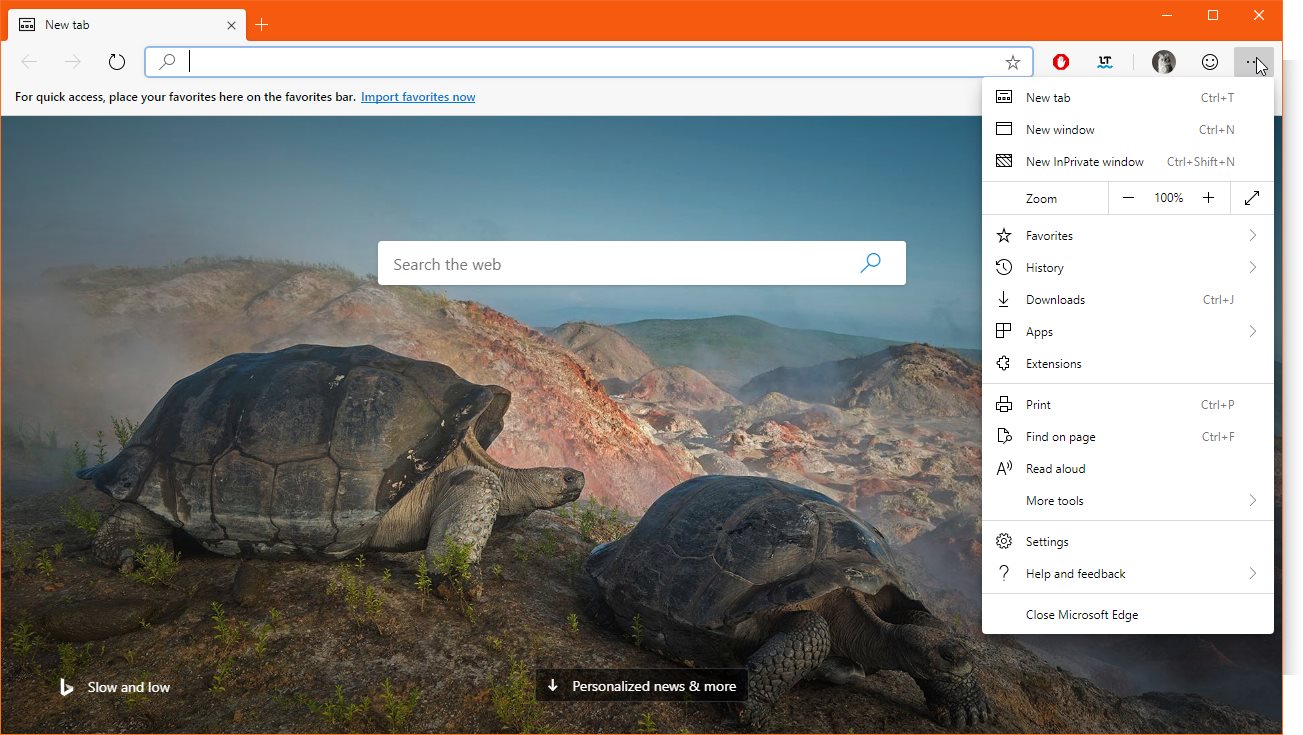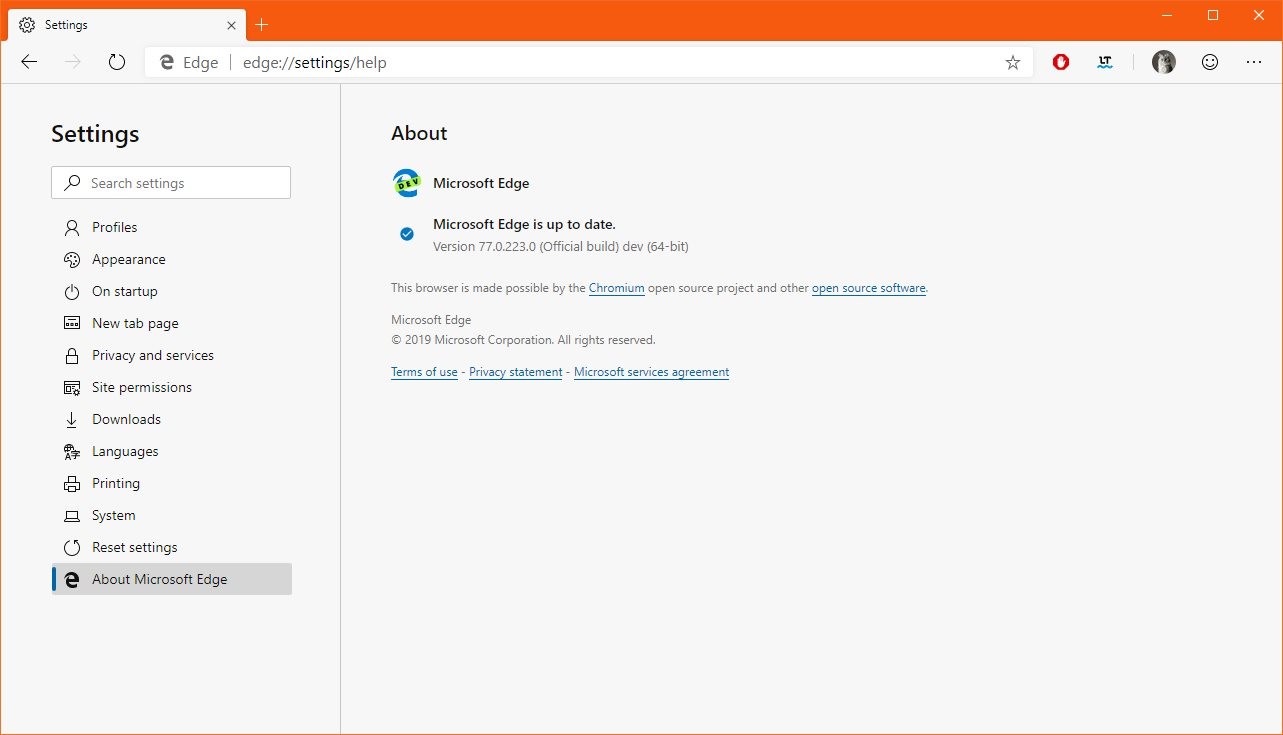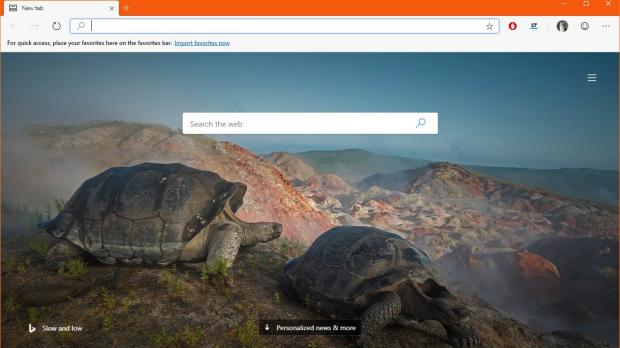Microsoft is putting a lot of effort into getting its new Microsoft Edge browser right, and the release cadence of Canary and Dev builds is living proof in this regard.
Because it’s based on the Chromium engine, which is also used by Google Chrome, Opera, Vivaldi and others, Microsoft Edge can be offered not only to Windows 10 users, but also on non-Windows platforms, including here macOS.
Rumor has it that a Linux version could also be released at some point in the future given this Chromium engine, but for the time being, a confirmation in this regard isn’t yet available.
Meanwhile, Microsoft is working around the clock to get Edge ready, and while the company hasn’t shared any ETA as to when the browser should be finalized, we expect the stable build to go live at some point in the spring of the next year.
But while the software giant is building a new browser, the company also wants the application to come with the familiar approach of the version it replaces. So it does retain a bunch of features that would certainly come in handy, such as Reading View, which makes reading articles online quite a breeze.
At first glance, the new Microsoft Edge will become a full rival to Google Chrome, especially because the two will share the same engine and come with features that will be available to both.
Microsoft Edge, for example, will support all extensions developed for Chrome, so the browser will no longer lack add-ons, as it was the case of the original version bundled into Windows 10. Also, all the improvements that will be made to Chrome will be available for Edge too, and the other way around as well.
On the other hand, the support for Microsoft accounts makes Microsoft Edge, at least on Windows 10, an application that’s first and foremost aimed at Windows users. And once it’ll become the native browser in Windows 10, Microsoft Edge should be clearly pushed as the recommended choice.
Despite being still in development, Microsoft Edge is already being used by a surprisingly big number of users out there who ignore the Canary and Dev flags and configured it as their mainly drivers. In other words, Microsoft Edge already replaced Google Chrome, even though it’s still a work in progress.
So the main question right now is to what degree can Microsoft Edge leave behind the days when it was considered, just like Internet Explorer, “the best browser to download Google Chrome.”
Right now, it looks like everyone is super-excited with Microsoft Edge, and the early response to Microsoft migrating to Chromium hasn’t been as rough as some expected. In fact, Microsoft fanboys quickly understood the benefits of embracing this engine, so the community overall is happy with the transition.
All signs seem to be pointing to Edge becoming a browser that can eat up from Google Chrome’s share. Right now, Chrome has some 67 percent of the desktop world, while Firefox is very far behind with less than 10 percent. Given that Edge will be offered as the native Windows 10 browser, it shouldn’t be too hard to overtake Mozilla’s Firefox, but the goal in the long-term will clearly be surpassing the market share of Google Chrome.
And because we’ll all have to decide whether to switch to Microsoft Edge or stick with our current browser, whatever that is, let’s take a moment to discuss this right now. Do you plan to install the new Edge as your daily browser, or you still don’t think Microsoft has what it takes to build a fully-featured browser to replace Chrome and Firefox?
Let us know what you think in the box below.

 14 DAY TRIAL //
14 DAY TRIAL // 



